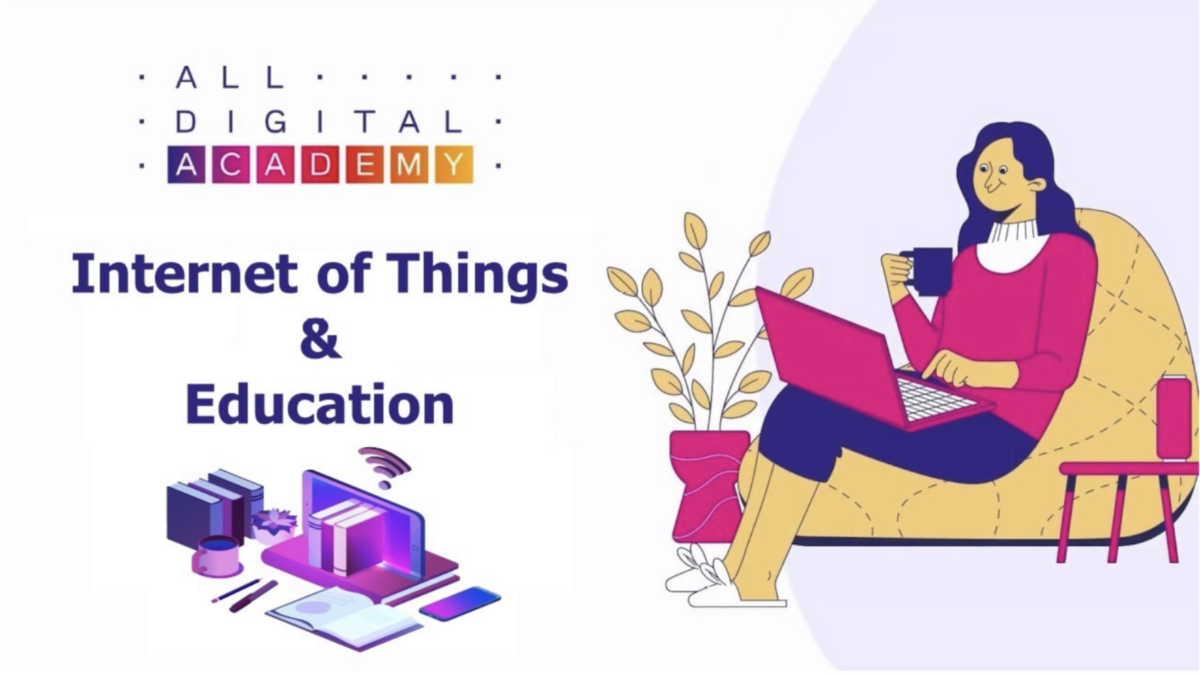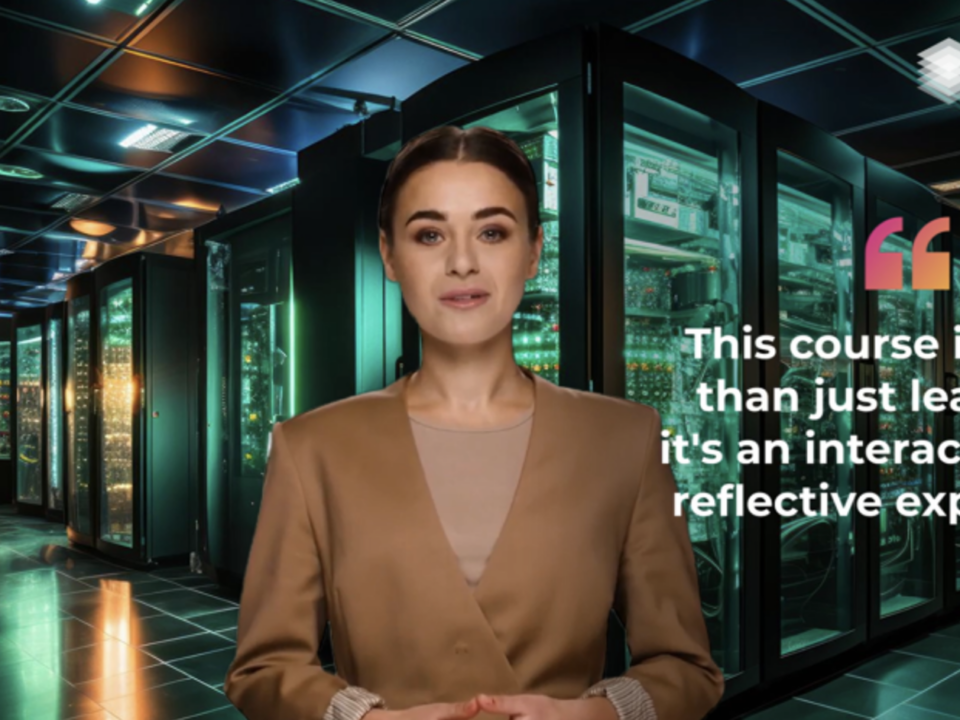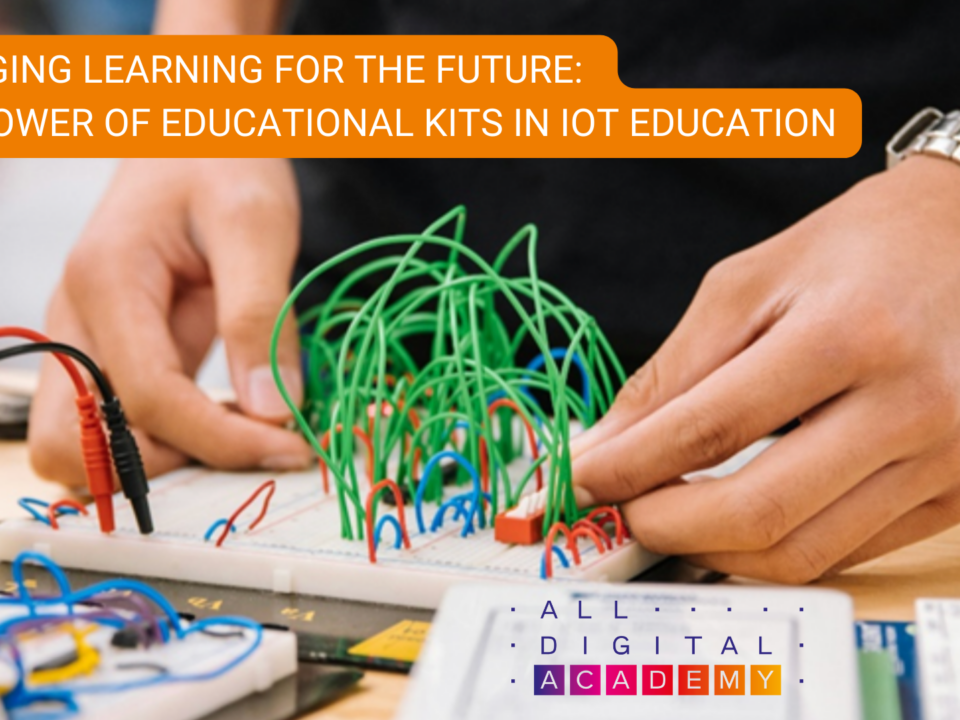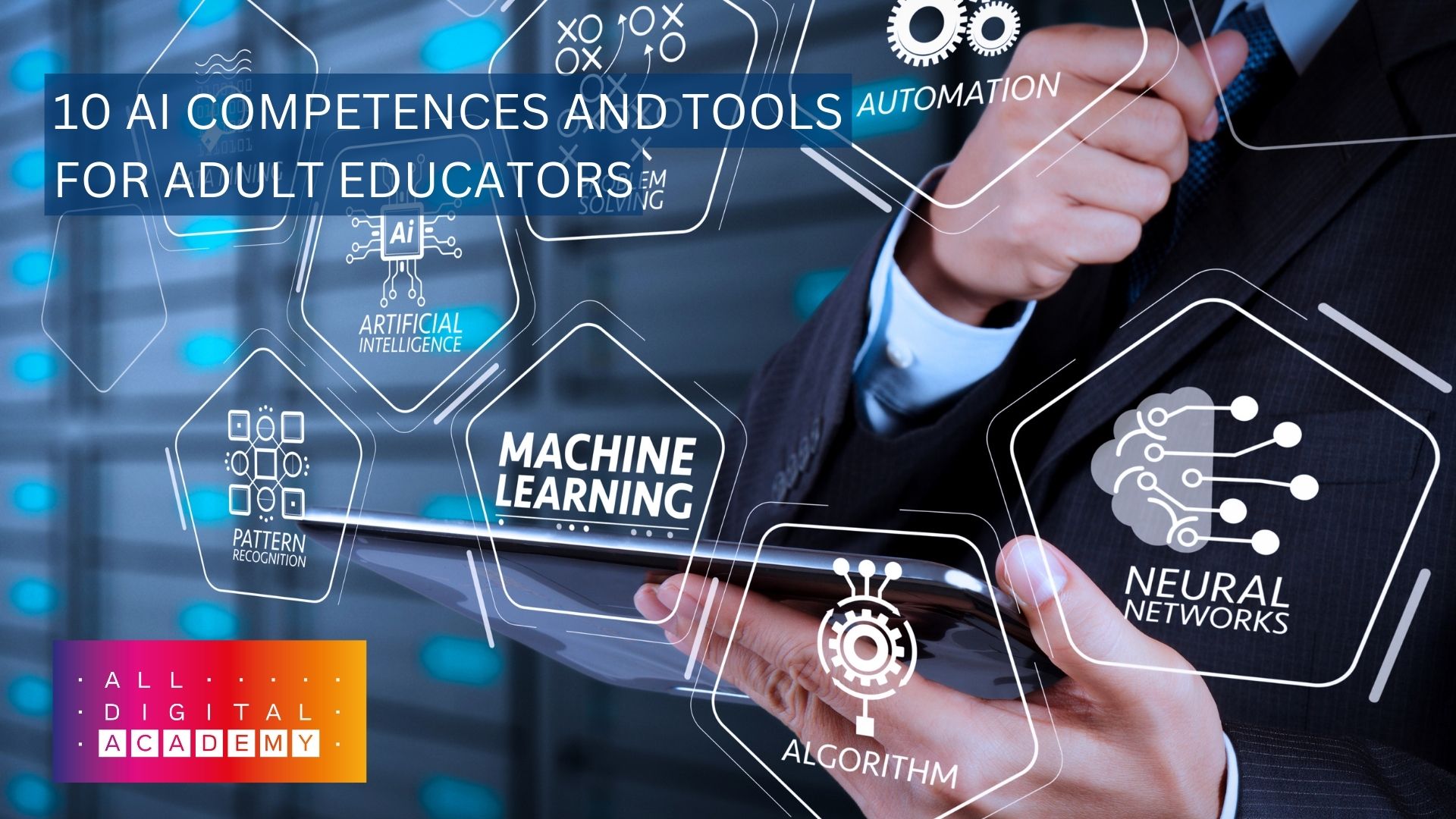
10 AI competences and tools for adult educators
January 15, 2024
ADA WEBINAR: AI for problem solving and the Certification Capstone (Rewatch)
February 23, 2024Internet of Things: Concepts and applications
The Internet of Things (IoT) can be described as a world of interconnected devices, empowered with sensing and actuating capabilities. Think of IoT as an ever-growing mesh, containing clusters of connected “Things” possessing the ability of sharing information between them while being aware of their surrounding environment and responding to it based on various events.
As we stand today, IoT is emerging as a transformative agent, a benefiting factor, shaping people’s everyday lives for the better and today’s industries into tomorrow’s “smart” producers. The word “smart” derives from automation and precognition stemming from the process and analysis of the data those connected devices.
The positive effects of IoT technology can be felt throughout all aspects of human life – social, economic, environmental, and political. The impact of IoT in society is already being applied on various domain and sectors such as:
- Transportation and mobility: Research, development, and Innovative investments on smart vehicles and means of transportation ranging from self driving cars, autonomous delivery, smart bikes and more.
- Cities: IoT transforms cities with a plethora of applications such as smart buildings, smart workspaces, traffic congestion management, parking allocation, waste management and more.
- Retail: Commerce becomes smarter with intelligent shelves, faster checkout processes, less store congestion and fraud prevention.
- Health: IoT generates great value augmenting the health system and hospitals with powerful capabilities such as smart ambulances, real time patient monitoring, resource, and asset management.
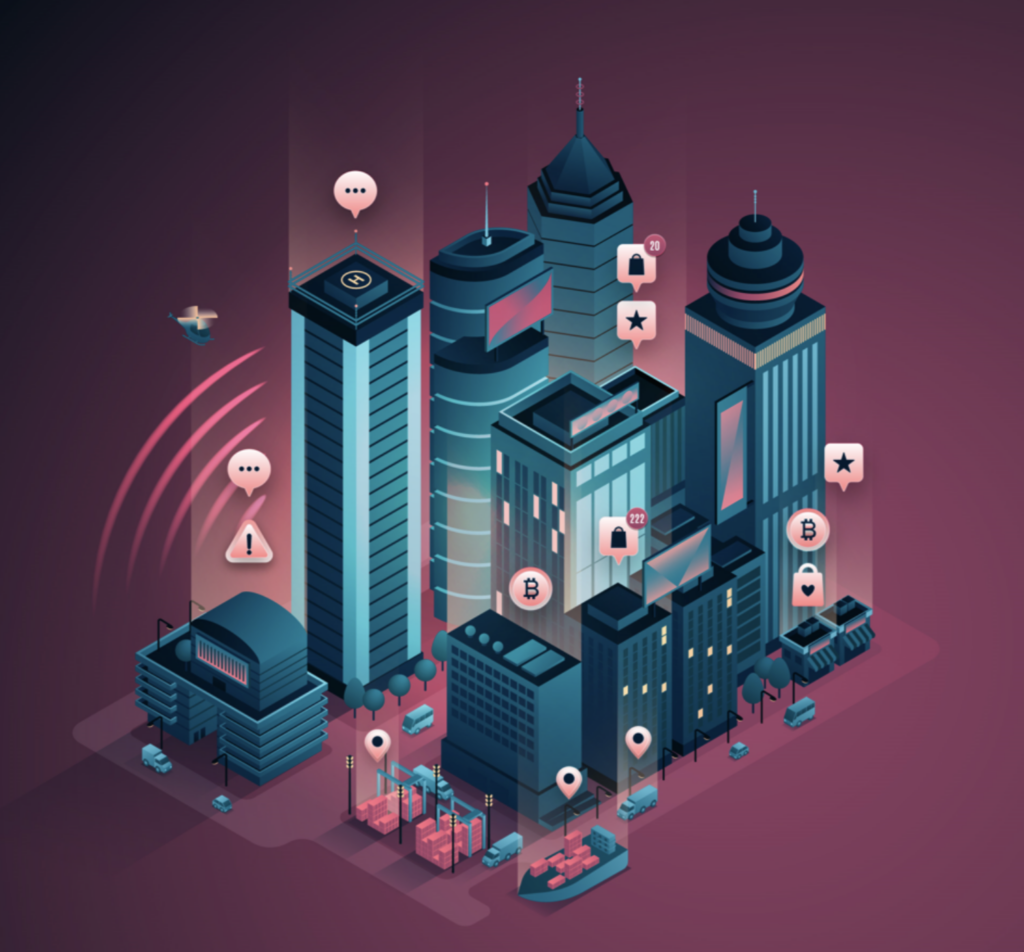
Figure 1: The smart city concept (http://www.freepik.com)
IoT will leave a permanent footprint in education expanding its reach beyond the classroom while its actual impact is yet to be felt. For educators, this means that all equipment could be enhanced with connectivity and data sharing capabilities. Adult students could use laptops, smartphones, and various wearables being part of a “Things network” sufficiently serving all educational purposes. In the future, IoT will be even more integrated with all educational activities that could range between:
- Attendance tracking: Students must pass the minimum attendance threshold to be eligible for examination. By accurately calculating attendance, IoT can generate reports and provide student or parent notification regarding the progress.
- Distance learning: Students benefit from recorded sessions while their attendance is marked and certified by “Know your student” registration and authentication.
- Disabled student accommodation. Smart devices are reshaping classrooms accommodating students with sensory disabilities e.g., converting verbal speech to sign language for deaf students.
- Augmented Reality in classrooms: AR can help adult teacher make lesson hours more fun enhancing the student learning capability with the use of animated object and real-world applications visualisations.
- Smart heating system: Based on the smart home concept, classrooms can be automatically heated on an event basis as per the student count or weather conditions.
- Smart classrooms: Classrooms are equipped with intelligent display “blackboards” or “smart boards” promoting better understanding of Practical-based.
IoT in education
While the benefits of the IoT are unquestionable, the majority of the population, is not in position to benefit from its utility due to the lack of “how-to” understanding. Given the adoption speed and the technological innovation pace, the next generation will be very close to it, interacting with it on a daily basis for all sorts of activities, thus making it an important subject for adult students to engage with now.
As per a study (Guardian), students, feel the attending of education classes like being a chore mainly because they consider it to be boring. By implementing IoT solutions in classrooms, learning can become way more interesting. Moreover, as technology becomes part of our lives, it becomes essential for someone to possess skills such as problem-solving, creative thinking, digital acumen, and remote collaboration. By teaching adult students the concepts and usage of the IoT, the above-mentioned skills will be developed or improved, thus unlocking several benefits that may be easily named and highlighted.
Summarizing, the IoT technology sets a new trail forward in education as it enables institutions to:
- Enhance learning effectiveness by providing personalized and dynamic learning experiences and game-based learning.
- Improve student engagement by making learning more interesting. Students are brought into a problem they must solve using IoT components e.g., an Arduino SBC.
- Connect with real world use-cases. Students may see and apply learned knowledge at home e.g., applying smart lighting or heating systems at home.
- Reshape adult educator’s style of work delivering lessons and test achievement using next generation tools embedded with sensors and enhanced capabilities.
- Simplify training operations for administrators and adult educators by automating manual procedures and monitoring critical infrastructure and premises.
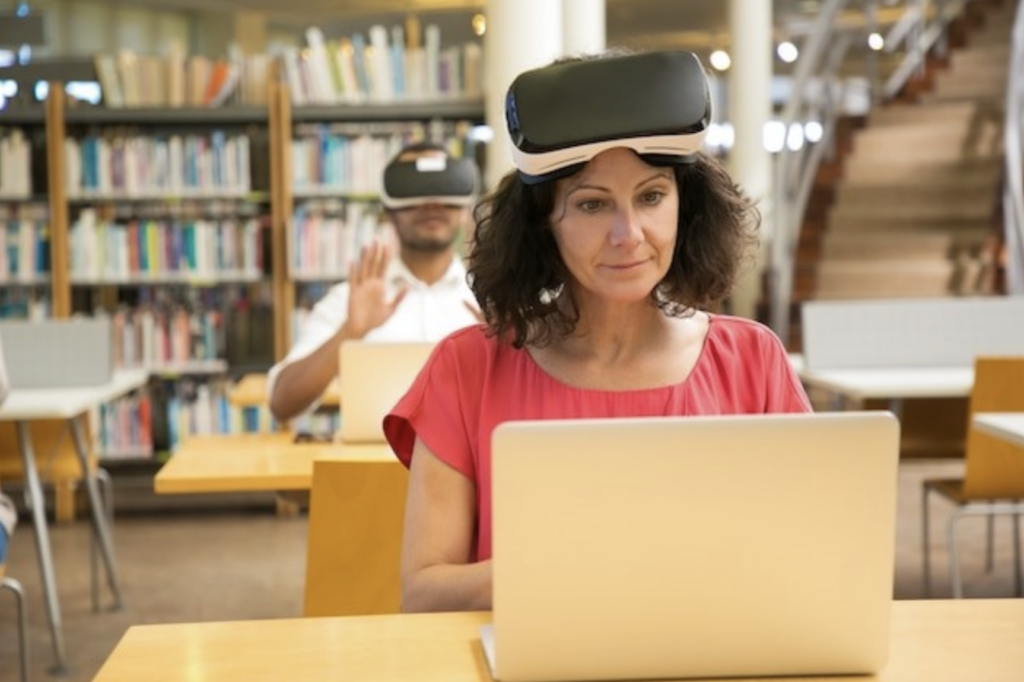
Figure 2: IoT empowered adult education concept (Designed by jemastock / Freepik)
Adult educator IoT-related competences
Consequently, IoT training is also becoming a part of an adult educator’s skills. As IoT solutions in education make training environments smarter, they redefine how learners interact with them, and the training material attached (personalised). Thus, their educators must master the technology in a way making the learning process more interesting and interactive while themselves getting familiar with the peculiarities the training groups might have (ethnic, cultural, skill level) and adjusting their educational approach as per those conditions.
This way, adult learners and teachers acquire new or build upon existing skills, practice new technological paradigms and arts, as well as find resources for their learning objectives over the internet! In the education domain, IoT competences can improve classroom productivity and greatly enhance learning experience, thus improving educational outcomes!

Figure 3: Designed by Freepik
Those competences are shaped as per the conditions educators are facing while fulfilling their daily duties with their adult learners. They often deal with ethnically diverse groups ranging from different educational backgrounds or qualifications, with insufficient professional experiences and levels of technological understanding. For instance, low skilled learners require personalized learning content to enable them in the sense of allowing guaranteed blocks of progress to be made from the individual. Based upon those peculiarities, the educators may plan personalized goal objectives.
Utilizing the European digital competences framework DigComp we can identify 10 critical competences closely related to IoT. These competences are listed below:
- Managing data, information and digital content
- Interacting through digital technologies
- Sharing through digital technologies
- Engaging in citizenship through digital technologies
- Programming
- Protecting devices
- Protecting personal data and privacy
- Protecting the environment
- Creatively using digital technologies
- Identifying digital competence gaps
Each of these competences can be directly connected to one or more IoT topics, such as IoT fundamentals, IoT history, IoT enabling technologies, emerging technologies, IoT components and architectures, etc.. This mapping can serve as the basis for structuring an IoT course for adult educators, as IoT topics can be grouped in learning modules providing a multifaceted educational program at different levels of difficulty. The ALL Digital Academy effectively used this approach to produce an IoT course that touches upon conceptual, technological and social aspects of IoT in tandem with real-world examples and case studies.
Additionally, to ensure an efficient learning process, various other skills are important for teaching IoT, as educators should:
- Identify methods to motivate and involve learners into those new technological concepts involving gamification and recreation
- Apply smart learning concepts during classroom training and anticipate missing situational intervention
- Implement contemporary teaching practices such as group-based, problem-based, inquiry-based and peer learning.
- Relate learner feedback and assessment into useful support actions
- Adapt to continuously changing conditions using problem solving skills with a “can do” attitude
Conclusion
Being the pillar of new innovative learning procedures, The Internet of Things (IoT), enhanced with other IT technologies, is making learning more effective, accessible, affordable, and convenient for students.
Although we are walking through the early adoption days of IoT in education, the impact of it, will significantly improve the quality of teaching and introduce new skills and competences to adult educators. Now more than ever, in the pivotal moment before the leap towards massive IoT adoption, is the best time to grab the opportunity and grow your (reusable) IoT skills!
All Digital Academy offers a well-documented and elaborative IoT Massive Open Online Course (MOOC) for you to enhance your subject matter competencies right from your living room!
You can register for the MOOCs by joining the ADA platform HERE

